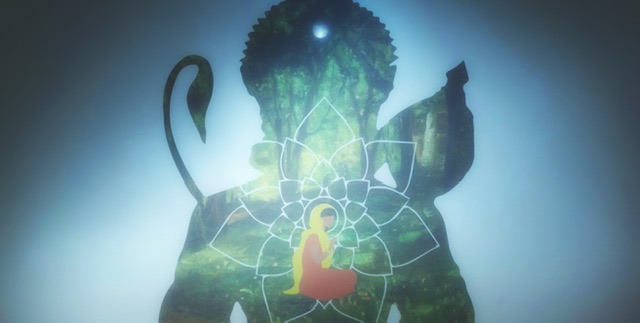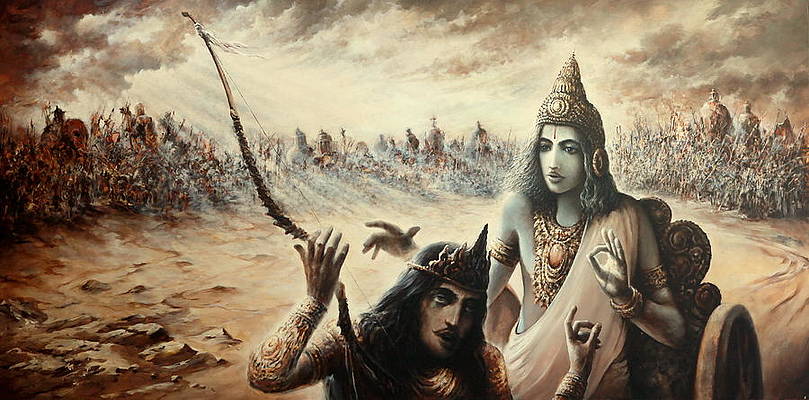Nalanda was one of the first great universities in recorded history. Its past remained shrouded in mystery for long, and despite untiring efforts made during a century and a half, several layers remain concealed. Today, although the actual site lies in ruins almost as a memoir of an era that saw India leading in imparting knowledge to the world, there are plans to ‘revive’ it. With professors roped in from abroad to teach us subjects that we’ve been masters of since time immemorial, have we yet again failed to understand the very concept of what Nalanda University meant?
Nalanda was the largest residential centre of learning that the world had ever known. The history of Nalanda goes back to the days of Buddha when the town was home to Nalanda Mahavihara, a monastic university of international repute. There are many versions of what the term ‘Nalanda’ means. One is that nalam (lotus) and da (to give) combine to mean ‘giver of the lotus’. Since lotus is supposed to represent knowledge, Nalanda means ‘giver of knowledge’.
It is believed that the Nalanda University was founded in the 5th century by the Gupta emperors. But, there are facts to suggest that it existed much before the recorded history. The earliest account about Nalanda is available in Pali literature. It mentions Nalanda along with Rajagaha (present Rajgir in Bihar) which was the capital of the powerful Magadhan Empire. Contribution of Nalanda in the field of Shabdavidya or grammar and philosophy, Chikitsanavidya as fine arts, Hetu-vidhya or logic, Adhyatmavidya or metaphysics is referred by the famous Chinese monk-scholar and an alumnus of Nalanda Mahavihara – Hiuen Tsang (Xuanzang).
The real history of Nalanda is still obscure despite the excavations. Historians believe that Nalanda became prosperous after Fa-hien’s visit in the early 5th century since there is no description of the monument in his writings. Ancient Buddhist sources say that Ashoka, the Mauryan emperor built a temple at Nalanda in the 3rd century. Not only this, Buddhist scholar Nagarjuna studied and taught here in the 2nd century. He was a master of Ayurveda and Siddha sciences of healing.
The most detailed account of the Nalanda University, however, comes from the works of Chinese pilgrims Hiuen Tsang and Yijing. According to Chinese accounts, Hiuen Tsang notes that there were ten thousand monks living at the Nalanda Monastery. Other than Mahayana teachings, the students learned Vedas, philosophy, logic, theology, grammar, astronomy, fine arts, mathematics and medicine. The place witnessed the rise and fall of many empires and a long succession of kings, from 5th to 12th century, after the nirvana of Buddha. Most celebrated among them were, King Ashoka, Harshavardhana and Pala kings. Clearly, by the time Hiuen Tsang reached India, Nalanda Monastery had become the preeminent educational institution in Asia. In fact, he seems to have heard about its fame when he was in China. Nalanda attracted pupils and scholars from Korea, Japan, China, Tibet, Indonesia, Persia and Turkey. At Nalanda Monastery, Hiuen Tsang not only studied Yogacarabhumi Shastra under the guidance of Silabhadra, but also attended lectures on other Buddhist texts and teachings. Additionally, he studied Brahmanical works; Sanskrit and grammar. Among all the books that were written about Nalanda, Chinese traveller Yijing’s books provide the most detailed records on the ancient university – right from the history of the place to its archaeological distribution. He stayed in Nalanda for ten years and on his return to China translated a number of Buddhist sutras brought from India. Yijing states how most of the monks from ancient Korea and Vietnam, Tukhara in today’s Afghanistan and Sogadiana in present-day Samarkhand, Uzbekistan – studied in Nalanda.
Nalanda magnificently contributed to the world culture in different ways. The students, who stayed at Nalanda, were moulded in the Indian style of life which laid emphasis on good conduct. While comparing Indian centers of learning with the legendary Plato’s academy and Aristotle’s Lyceum, Varadaraja V. Raman, in his book, Indic Visions: In an age of Science, writes: “Perhaps the most famous of all ancient Indian universities was Nalanda, a Buddhist monastic school where aspirants spent more than a decade learning and practicing spiritual disciplines through canonical texts.” Undoubtedly, Nalanda was one of the glorious spots of knowledge which illuminated not just India but its neighbouring countries. Apart from Nagarjuna, some of the renowned scholars intimately connected with this ancient university were Asanga, Vasubandhu, Dinnaga, Dharmapala, Silabhadra and Vajrabodhi. Many of these luminaries went to other countries to spread its teachings. Acharya Santaraksita and Kamalashila were invited to Tibet by King Tri-song. He was joined by Siddha Padmasambhava. Before they established contact with Tibet and Bhutan, the Acharyas of Nalanda had gone to Central Asia and China. Parabhakaramitra, Vajrabodhi, Amoghavajra and others figure prominently as translators of Buddhist texts. Dharmapala went from Nalanda to Sumatra at a ripe age. Nalanda, thus contributed to Indian thought and culture all through its existence.
By about 12th century AD, when there was political instability in the country following the end of the Gupta and Harsha dynasties, Nalanda’s slow decline started, particularly with the deprivation of royal patronage. The invaders from Turkey took advantage of India’s weak political situation. During the Afghan invasion of Bihar led by Mohammad Bakhtiyar Khilji in 1190s, the vast libraries of Nalanda were put on fire, monasteries were destroyed and several monks were killed. Some of the surviving monks dispersed and fled with a few bundles of holy texts concealed under their robes and found security in countries like Nepal, Tibet and China. The Persian historian Minhaj-i-Siraj, in his chronicle Tabaqat-I-Nasiri, reported that thousands of monks were burned alive and thousands beheaded as Khilji tried his best to uproot Buddhism. The burning of the library continued for several months and ‘smoke from the burning manuscripts hung for days like a dark pall over the low hills’.
Today, Nalanda is in ruins but it still imparts the scholarly look. In the words of Jeffrey E. Garten, former Dean of the Yale School of Management, “Nalanda represents much of what Asia stands for — a great global university that has deep links with Asia’s rich cultural heritage.” The Indian government plans to restore this ancient university by inviting international faculty and students. What was once a hub for imparting our cultural knowledge to the world; will now be a place where our culture would be taught by strangers – both of the subject and the land.
REVIVAL OF NALANDA OR LOSING ITS ESSENCE?
- 2006: India, China, Japan, Singapore and Thailand proposed a plan to restore and revive the ancient site as Nalanda International University.
- Plan backed by the East Asia Summit which includes southeast Asian countries, Australia, New Zealand, Russia and the US.
- Nalanda Mentor Group formed under the chairmanship of Nobel Laureate Prof. Amartya Sen to govern the university.
- New university campus to spread across 1,000 acres of land including 500 acres at Rajgir, near the site of the original university.
- Located 80 kms away from Patna. It will associate itself with 200 villages in its vicinity.
- Government of China, Thailand and Japan contributors to the corpus of the university including faculty and students – all of who will be internationally selected.
- Singapore to design, build and donate library costing up to $7mn; Thailand to contribute $100,000; China to provide $1mn aid for construction.
- Huge amount of infrastructure including roads and an international airport at Gaya and job opportunities planned for Bihar.
- Seven principles of study to be offered includes: Ecology and Environment Studies; Historical Studies; Information Sciences; Economics and Management; Buddhist Studies, Philosophy and Comparative Religion; International Relation and Peace Studies; Linguistics and Literature.
References:
Contribution of Nalanda to World Culture by Ravindra Panth
Nalanda: Giver of Wisdom and Bridge of Friendship by Embassy of India
Articles like Land of jeweled lotus by Srimati Krishnakumar; India’s ancient university returns to life by James C. Bennett; Ancient seat of learning by Murali N. Krishnaswamy
UNESCO World Heritage Convention





